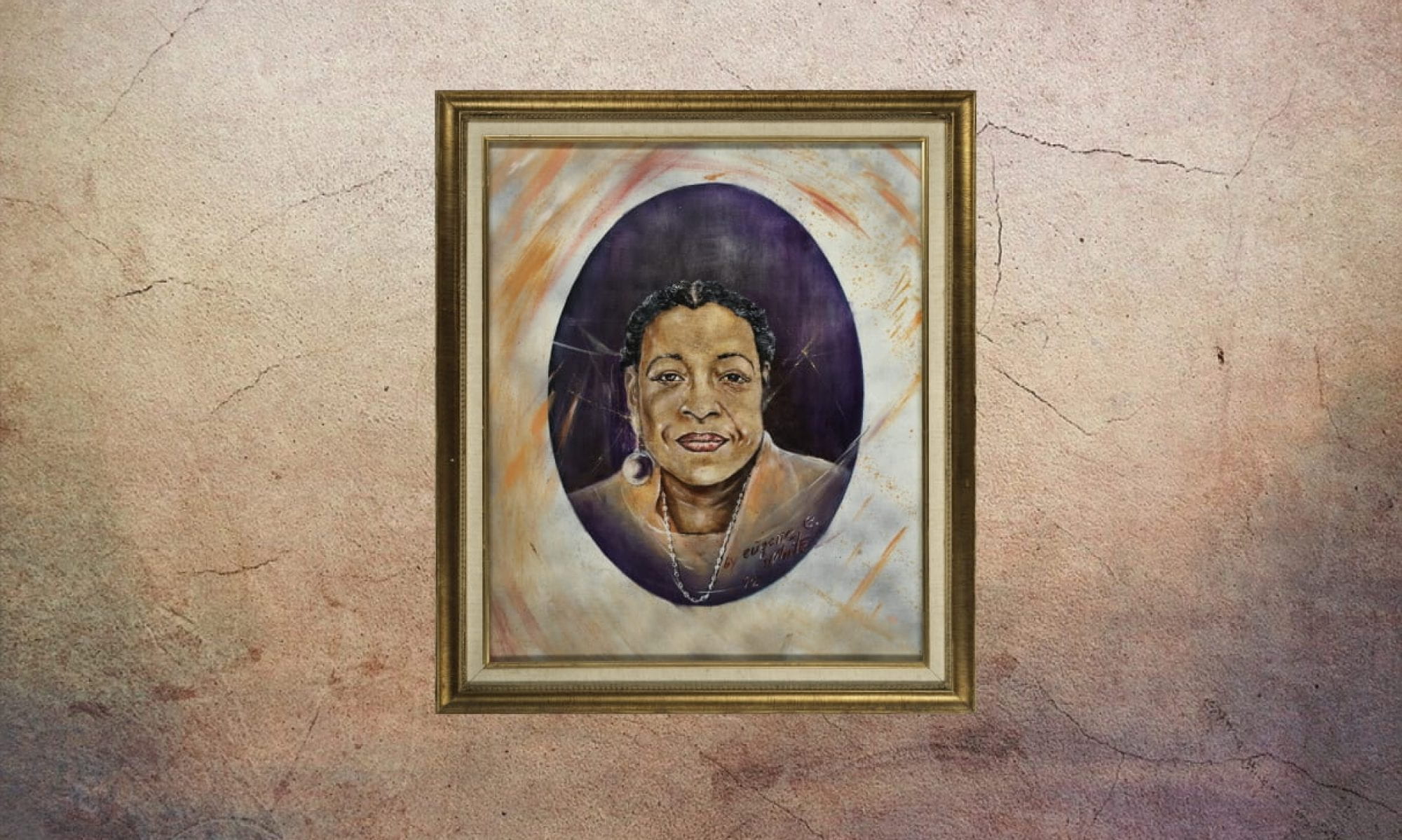
Carlton B. Goodlett was considered one of the most influential black men in San Francisco for nearly forty years. He was born in Chipley, Florida, in 1914. Goodlett was a man of many talents: He was a doctor, publisher, political power broker, and a successful businessman. By the young age of 23, he practiced as a pediatrician in the Fillmore District of San Francisco. Goodlett was also the personal physician for actor and activist Paul Robeson and sociologist W.E.B. Du Bois, both towering figures in the black community.
Goodlett attended Howard University where he earned both a bachelor’s and a master’s degree in child psychology (SF Gate). As an undergraduate student at Howard, Goodlett was highly involved in campus activities and was student body president and editor of the school paper (BlackPast.org). He later moved to the Bay Area to attend the University of California, Berkeley, to receive a doctorate in child psychology (American Psychological Association). After earning this degree from UC Berkeley, Goodlett began teaching at West Virginia State College and then received a degree in pediatrics from Meharry Medical College (American Psychological Association).
Goodlett was an excellent physician, but also wanted to be civically involved and decided to pursue a second career in journalism. By 1948, he was a publisher for the Reporter Publishing Company which was in control of a number of black weekly newspapers. Goodlett, in partnership with Thomas Fleming, also co-founded The Sun-Reporter. Goodlett served as a publisher and editor for the highly influential paper. The Sun-Reporter gave him a platform to promote social and economic change within the African American community. The newspaper was known for the following motto: “That no good cause shall lack a champion, evil shall not thrive unopposed.”
Goodlett was also a leader in organizations like the NAACP (serving as president in 1946), as well as World Peace Council, the National Black United Fund, and the International Longshoremen’s and the Warehouseman’s Union, Together with Phillip Burton, he also established the San Francisco Young Democrats. Goodlett did everything he could to put an end to discrimination against black workers in San Francisco’s municipal railway. His activism eventually led to the appointment of the two first African American directors of the agency.
Dr. Carlton B. Goodlett was a tireless physician, activist, and publisher.
His political struggles inspired him to run for the California governorship in 1966. One of the main themes of his campaign was pushing society towards racial equality. His opponent among left-leaning voters was incumbent Democrat Edmund G. “Pat” Brown. Goodlett criticized Brown as being insufficiently progressive, especially regarding civil rights. Unfortunately, Goodlett wasn’t able to secure the nomination in the primary.
Although Goodlett did not win, his campaign earned him much notoriety. In the years to come, Dr. Goodlett became a major power broker in the local and national Democratic party. Nationally, Goodlett was close with the Kennedy political machine. Locally, he was instrumental in the political rise of Mayor Willie Brown. He supported Willie L. Brown’s campaign for California Assembly in 1962, donating $7,500, and naming Mr. Brown The Sun-Reporter Man of the Year. Although he lost his first Assembly race, Brown would end up winning in 1964 with the support of the black community that Dr. Goodlett helped galvanize.
Although many people thought highly of Goodlett, some were critical of him and his news outlet. In fact, Goodlett said, “A lot of people call The Sun-Reporter an irritant and me an ass. . . . But I never let them forget that democracy is a state of becoming. . . . I do what I see needs doing in my own way. If this makes me a gadfly, I can’t help it.” Goodlett was unaffected by his critics. He didn’t care what other people thought or had to say. He knew that what he was doing was not only right, but necessary.
Dr. Goodlett was married to Willette Kilpatrick, and although they divorced in 1968, she continued to serve as half owner of The Sun-Reporter. Willette passed away in 1982 and Goodlett died some years later in 1997, during the first term of Willie Brown’s mayorship. Mayor Brown, at the time of Dr. Goodlett’s loss, stated: “It may be the single biggest loss that the black community and the progressive community has ever suffered in San Francisco. Dr. Goodlett was the pioneer on equal rights, equal opportunity, political action, entrepreneurship, and economic independence. He was truly a renaissance person.”
Although Goodlett is no longer with us, his legacy will live on. In honor of his activism, writing, publishing, his role as physician and role model, the address of San Francisco City Hall now bears his name: 1 Dr. Carlton B. Goodlett Place.
— Teresa Fishman, Kimberly McAllister, Ian Duke, and Matt Chiodo
Works Cited
“Goodlett, Carlton B. (1914-1997).” BlackPast.org. 2018.
“Goodlett, Carlton B.” The Columbia Encyclopedia, 6th edition. Encyclopedia.com. 2018.
Hatfield, Larry D. “S.F. Civil Rights Maverick Dr. Carlton B. Goodlett Dies.” SFGate. 8 Feb 2012.
Sixty-two Heroes and Pioneers of the Western Addition. SF Cultural and Historical Society. 2000.
